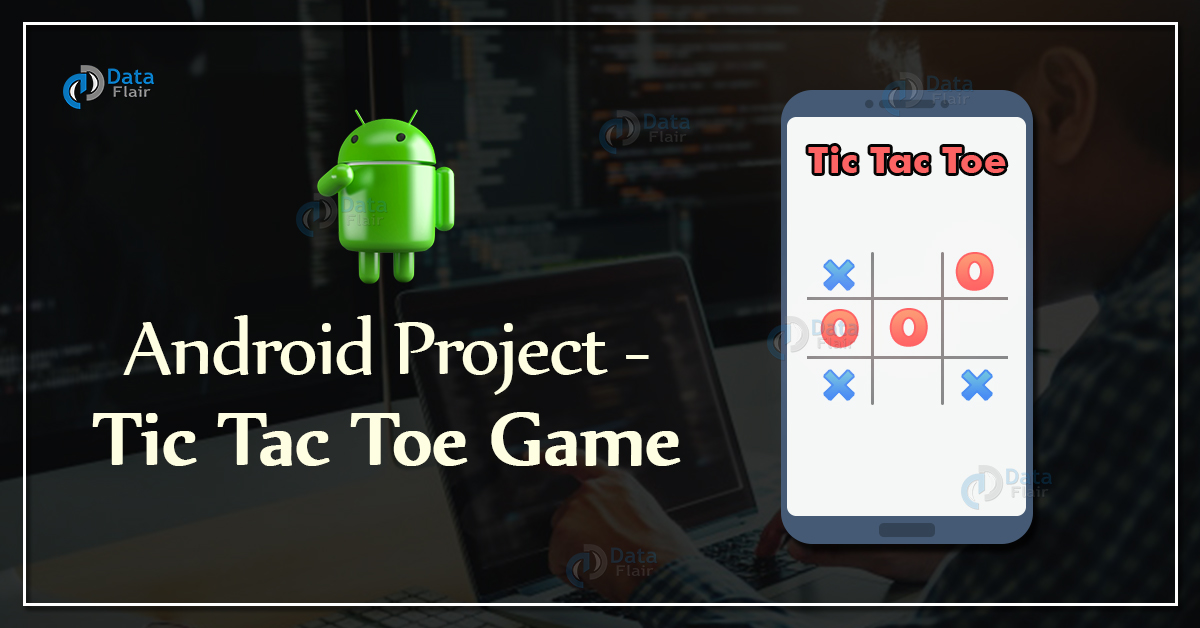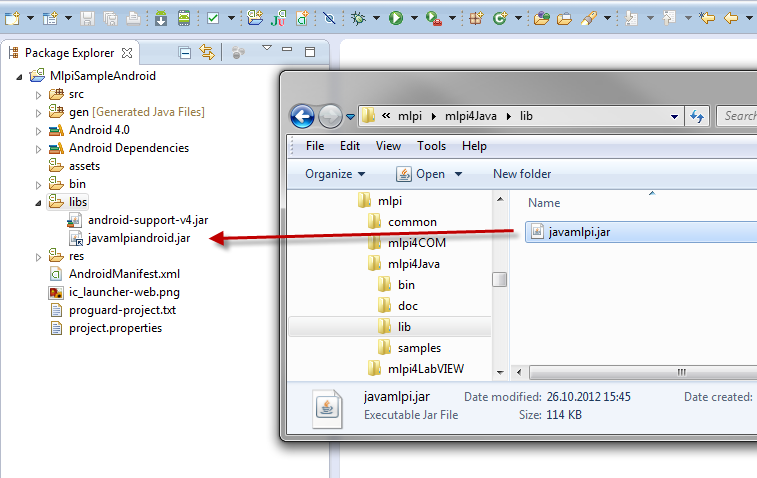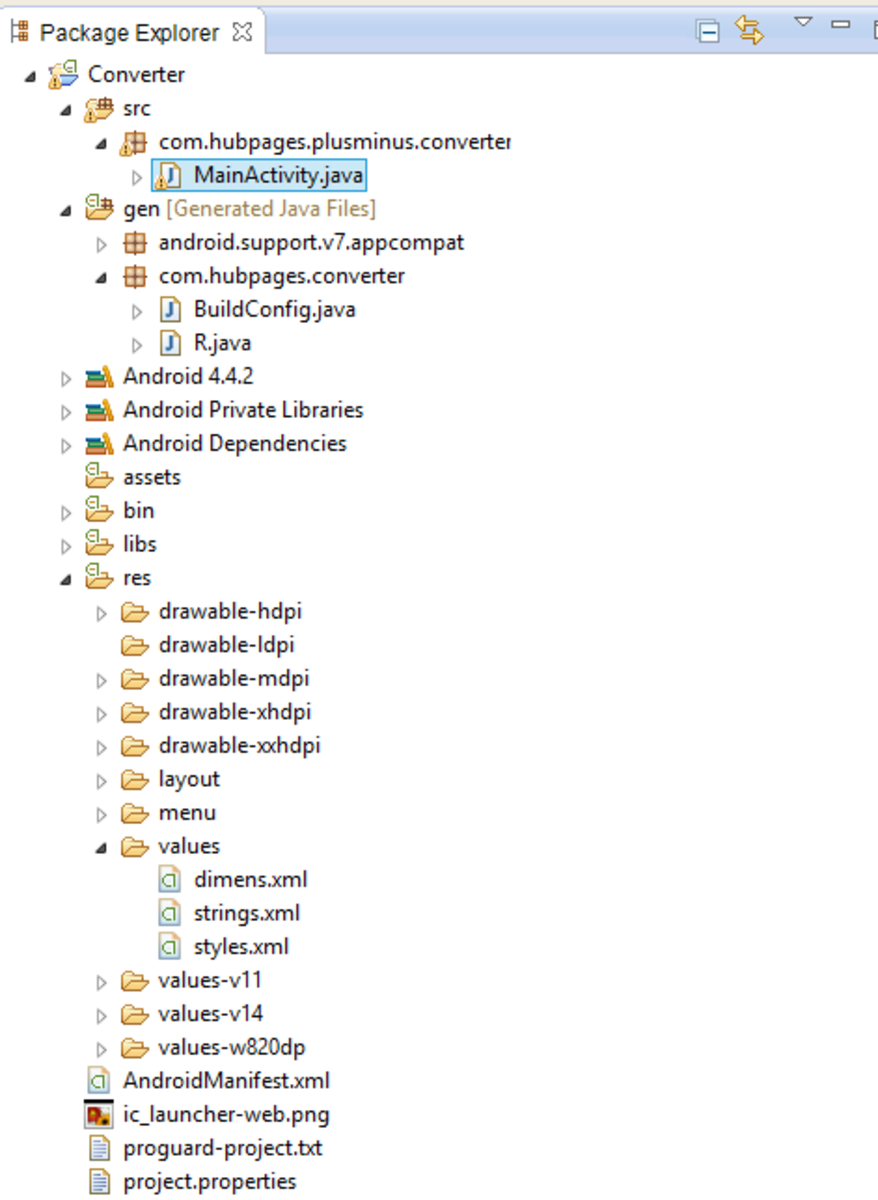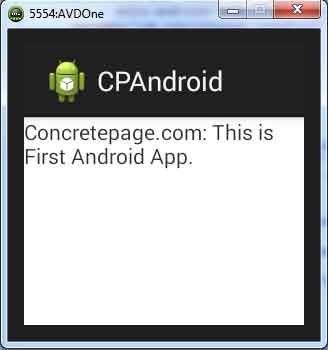

Let's take a look at styles.xml file under res/values take this opportunity to customize the app background and action bar as well.

Since we are using appcompat library, we need to change the default themes to AppCompat version. The theme is defined in styles.xml file under res/values and res/values-v11 etc. The application theme is specified in the manifest through android:theme attribute of tag. We'll modify this file frequently as we develop various components of the application.įor now, we've included INTERNET permission and specified an Application class for the project. We need to edit this file to declare various components, features, permissions, etc. The AndroidManifest.xml file describes the Android application. This will add android-support-v7-appcompat as a library to the project so we can now use newer Android features on older platforms. In the Library section, click Add and then select android-support-v7-appcompat and click OK.

Right click on Showcase project and go to Properties > Android. Next, we need to add android-support-v7-appcompat project as a library to our project.

$ANDROID_SDK\extras\android\support\v7\appcompat The library project can be found at the following location inside Android SDK. Import the appcompat library project into workspace through File > Import. If you haven't yet downloaded Android Support Library then you can do so through Android SDK Manager. The project gets created in your workspace. In New Android Project dialog enter the project details as follows.Īccept the defaults and click Next, Next, Next, Finish. In Eclipse, go to File > New > Project and in the New Project dialog, expand Android folder to select Android Project. If you haven't yet setup the development environment then you might first want to read Setting up Android development environment. Additionally, the app uses SQLite database to persist data and Android Volley library to make asynchronous network calls. in an app using AppCompat library to enrich user experience.Īs you can see we have designed the app to demonstrate as many UI widgets as possible. In addition, we'll see how to incorporate Action Bar, Navigation Drawer, View Pager, etc. You'll learn to use Fragments, Loaders, and other best practices suggested by Google. We'll cover many widgets and components in Android and use Android support library to create a backward compatible Android application. You'll learn to create an end-to-end mobile application having a decent user interface! If you are a beginner in Android then this is a perfect tutorial to learn tips and tricks for building pro Android applications. In this tutorial we show how to build a simple Android application in Eclipse using Android SDK.


 0 kommentar(er)
0 kommentar(er)
